The SECURE Act: An Overview
Congress enacted the new budget on December 20, 2019. Included in that bill was the Setting Every Community Up for Retirement Enhancement (SECURE) Act. The SECURE Act represents the most sweeping set of changes to retirement legislation in more than a decade.
While many of the provisions offer enhanced opportunities for individuals and small business owners, there is one notable drawback for investors with significant assets in traditional IRAs and retirement plans. These individuals will likely want to revisit their estate-planning strategies in 2020 to prevent their heirs from potentially facing unexpectedly high tax bills.
Here are the major changes from the SECURE Act:
Required Distributions Start at Age 72
Retirees will now have to take required minimum distributions (RMDs) from traditional IRAs and retirement plans by April 1 following the year in which they turn 72. The old law required RMDs to begin by age 70 1/2.
Notably, this change to the new required beginning date for RMDs only applies to those individuals who turn 70 ½ in 2020 or later. So for an individual turning 70 ½ in late 2019, they will not yet be 72 in 2020, but they will still be required to continue RMDs under the existing rules, and to take an RMD for 2020 (and each year thereafter).
So, for individuals born before 6/30/1949, they will continue RMDs as they did in 2019.
For individuals born after 7/1/1949, they will begin RMDs in the year they turn age 72.
QCDs Still Allowed at age 70 1/2
The SECURE Act makes no changes to the date at which individuals may begin using their IRAs (and inherited IRAs) to make Qualified Charitable Distributions (QCD). Thus, even though an individual turning 70 ½ in 2020 will not have to take an RMD for 2020, they may still use their IRA to make a QCD.
Beginning in the year an individual turns 72, any amounts given to charity via a QCD will reduce the then-necessary RMD as well. In the prior 1-2 years, it will simply allow the pre-tax IRA to be used for charitable contributions directly on a pre-tax basis.
Elimination of the Stretch IRA
Historically, non-spouse beneficiaries who inherit a traditional IRA and/or retirement plan assets were able to spread distributions — and therefore the tax obligations associated with them — over their lifetimes. This was often referred to as the "stretch IRA" rule.
Under the new law, those beneficiaries who inherit an IRA or 401k plan in 2020 or after will have ‘only’ 10 years to empty the account.
Within the 10 year period, there are no distribution requirements. Therefore, the beneficiaries will have some flexibility with regard to the timing of distributions from the inherited accounts. As long as the account balance has been distributed by the end of the 10th year after death.
Benefits of the SECURE Act
The SECURE Act includes several provisions designed to benefit American workers and retirees:
People who choose to work beyond traditional retirement age will be able to contribute to traditional IRAs beyond age 70½. Previous laws prevented such contributions.
Taxpayers with high medical bills may be able to deduct unreimbursed expenses that exceed 7.5% (in 2019 and 2020) of their adjusted gross income. The threshold returns to 10% in 2021
Individuals can now take penalty-free early withdrawals of up to $5,000 from their qualified plans and IRAs due to the birth or adoption of a child. (Regular income taxes will still apply, so new parents may want to proceed with caution.
529 Plan account assets can now be used to pay for student loan repayments ($10,000 lifetime maximum) and costs associated with registered apprenticeships.
New laws make it easier for employers to offer lifetime income annuities within retirement plans. Don’t be surprised when you see annuity options show up in your 401(k) plan fund options.
Kiddie Tax Rules have reverted back to the “old” law (prior to the Tax Cuts and Jobs Act). As you may recall, under the Kiddie Tax rules, if a child had a certain amount of unearned income, the income was subject to trust tax rates. Beginning in 2020, it has now gone “back to” the parent’s marginal tax rate.
Benefits to employers
The SECURE Act also provides assistance to employers striving to provide quality retirement savings opportunities to their workers. Among the changes are the following:
The tax credit that small businesses can take for starting a new retirement plan has increased to a maximum of $5,000. The credit applies for up to three years.
A new tax credit of up to $500 is available for employers that launch a SIMPLE IRA or 401(k) plan with automatic enrollment. The credit applies for three years.
Auto-enrollment safe harbor plans may automatically increase participant contributions until they reach 15% of salary. The previous ceiling was 10%.
Beginning in 2020, employers may adopt retirement plans that are entirely employer-funded, such as stock bonus plans, profit sharing plans, up to the due date (including extensions) of the employer’s tax return. Prior to 2020, the plans would have to be open before year-end.
As with any tax law change, we will continue to digest any new information and try to make you aware of the things that you need to know and act upon.
If you have any questions about how your financial plan may be impacted by these changes, please give us a call.
